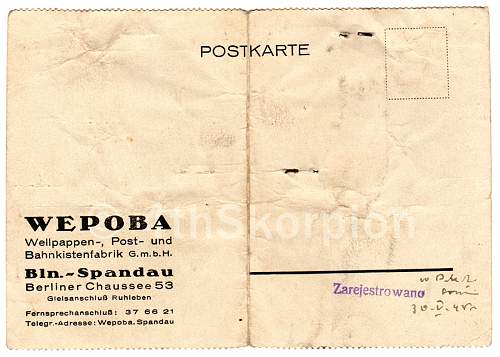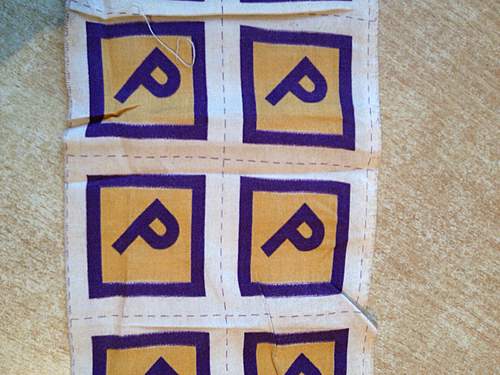Haven't been here in a long time! Hello all
ITS contacted me yesterday with a couple of new documents regarding my mother's status while in Germany. This is one of the documents they sent.
I'm confused because I know my mother was born in Wola Pasikonska, but this says Krakow. I think she was sent to Krakow before being shipped to Altena.
I truly wish my parents would have shared their stories so all of this guess work wouldn't be as frustrating, but I understand why they couldn't.
I am still searching for her "P" patch.





 .
.






















Bookmarks